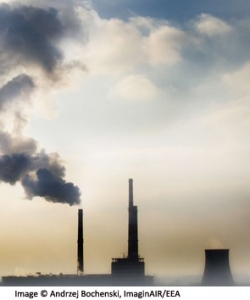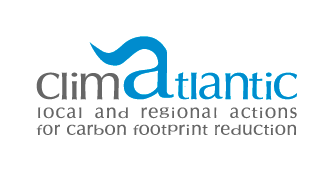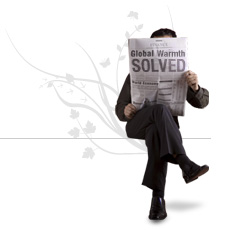NEWS & EVENTS : ENERGY

Air pollutant emissions declining, but still above limits
07.16.2015
Emissions of most air pollutants decreased in 2013, confirming the long-term downward trend in Europe since 1990. But many countries are still exceeding internationally-agreed pollutant limits, set to protect human health and the environment, according to a new report from the European Environment Agency (EEA).
contenidosriet //
The annual European Union emission inventory report 1990-2013 under the UNECE Convention on Long-range Transboundary Air Pollution (LRTAP) confirms a long-term downward trend for most air pollutants. For the first time, this year’s report also documents black carbon (BC) emissions, an air pollutant which is also an important short lived climate forcer.
Across the EU-28, sulphur oxide (SOx) emissions have fallen the most since 1990 (87% reduction), followed by carbon monoxide (CO) (66%), non-methane volatile organic compounds (NMVOCs) (59%) and nitrogen oxides (NOx) (54%). NH3 emissions have declined less since 1990 than emissions of the other main pollutants (27%). The rate at which emissions are decreasing for these pollutants has, however, slowed over the last decade.
The Gothenburg Protocol to the UNECE LRTAP Convention contains emissions reduction commitments that have to be met from 2010 onwards for the pollutants NOx, NMVOCs, SOx and NH3. In addition to emissions reduction commitments specified for individual countries, the protocol also specifies reduction commitments for the EU-15.
More information:
http://www.eea.europa.eu/highlights/air-pollutant-emissions-declining-but








